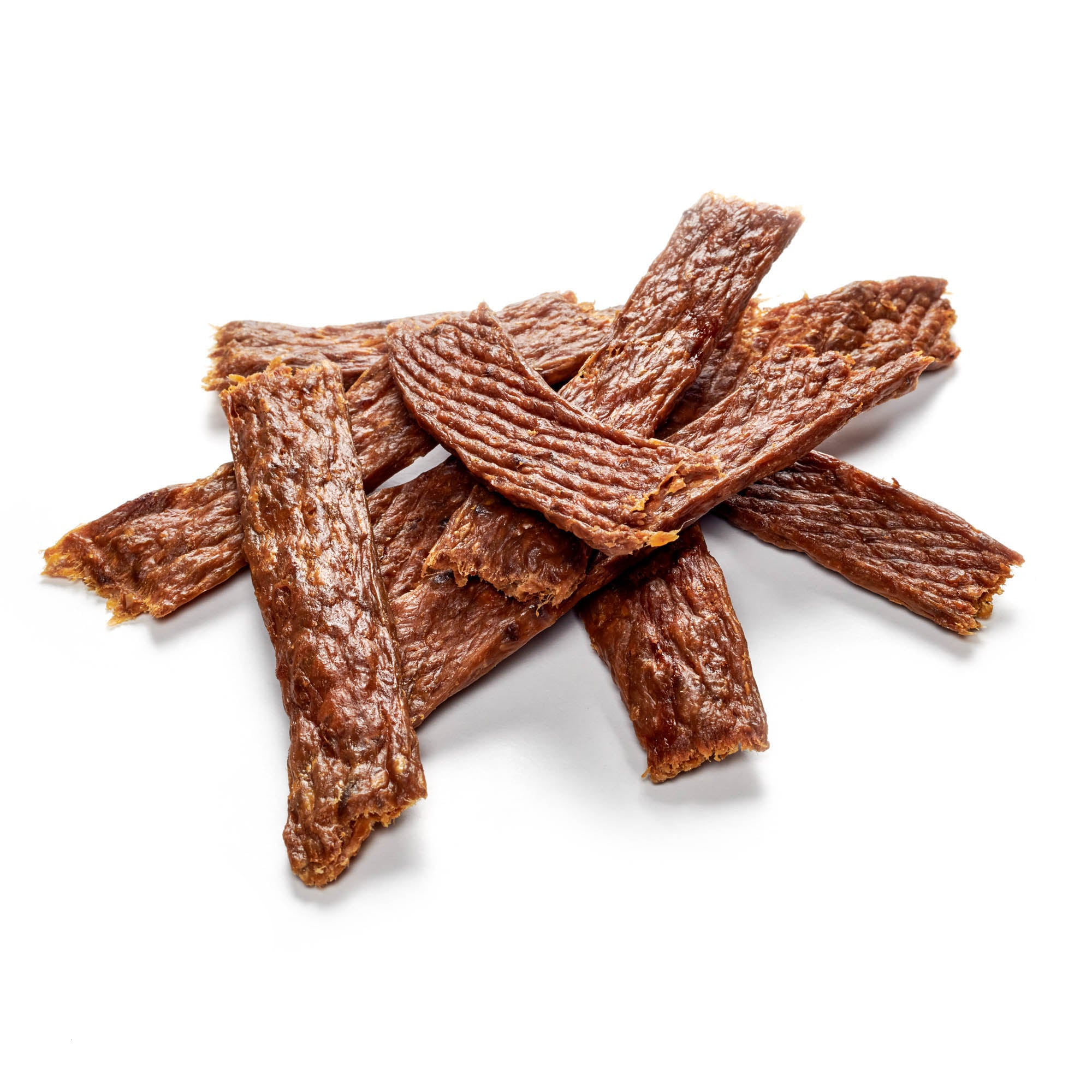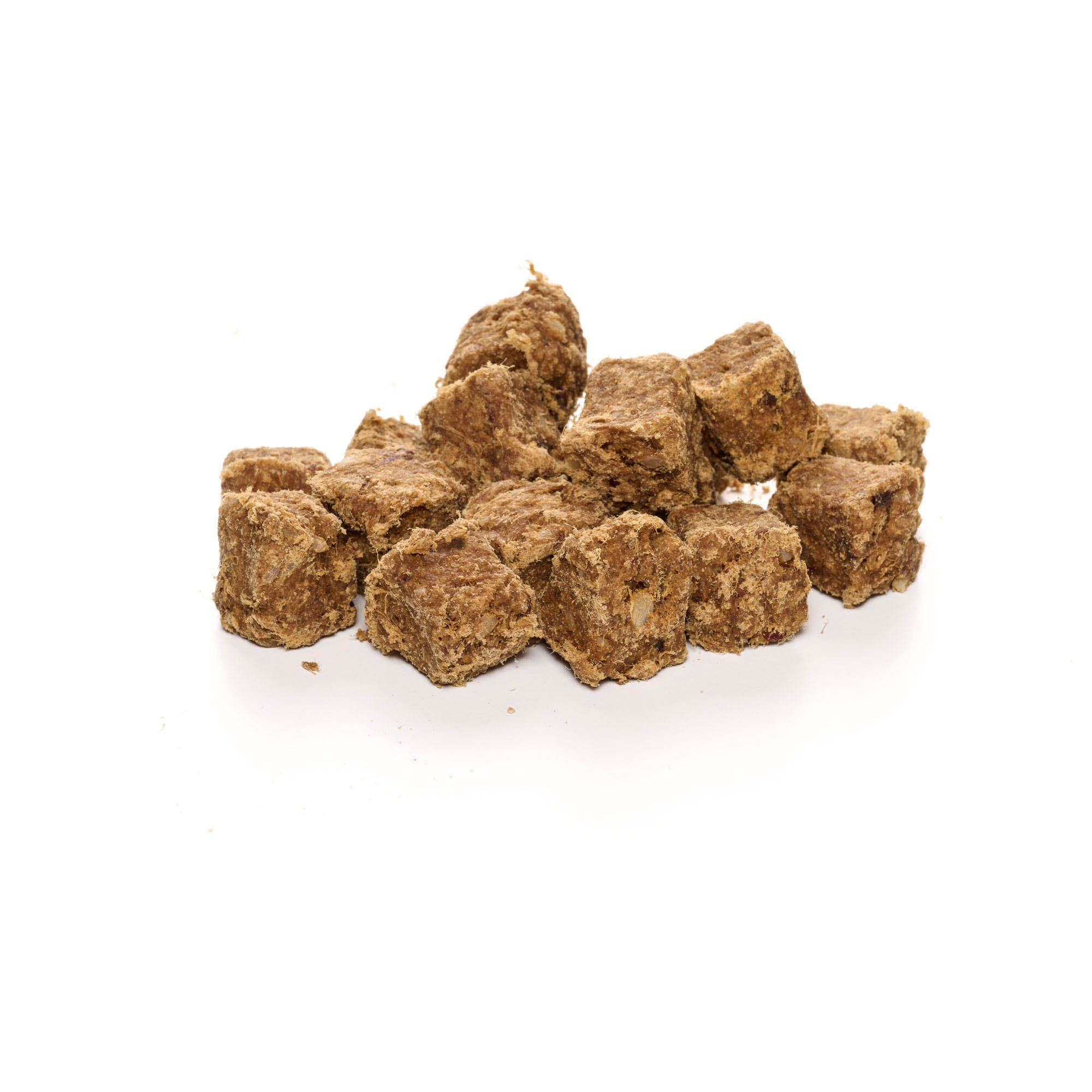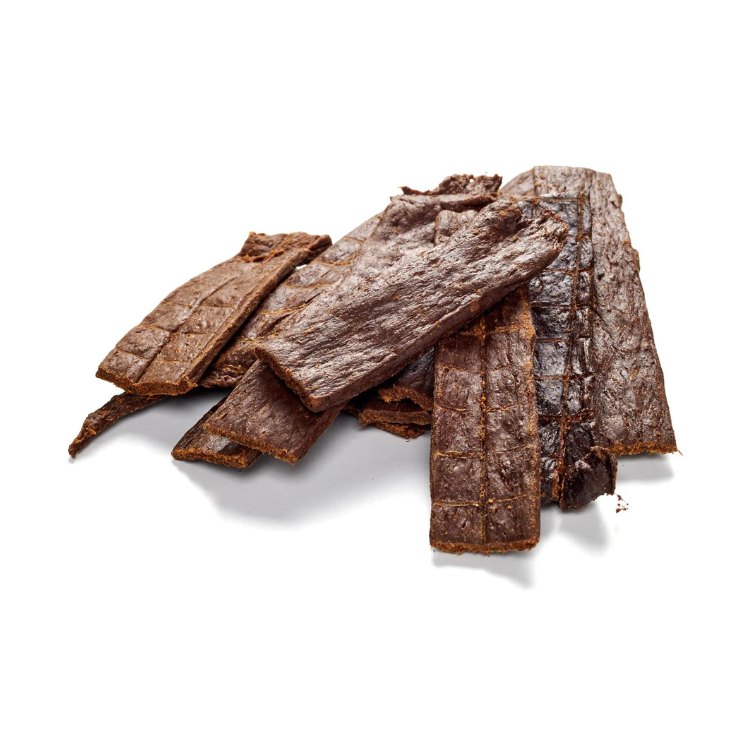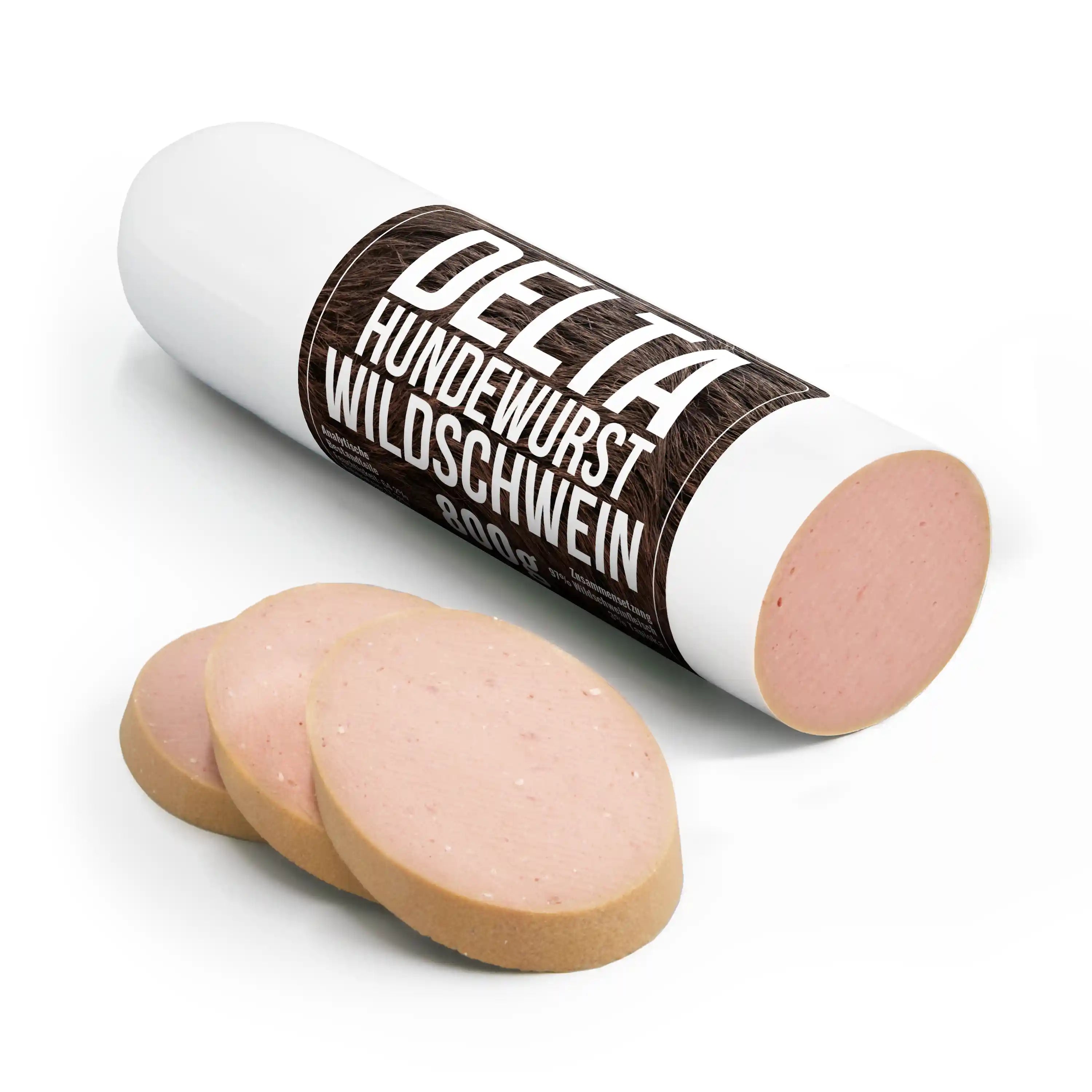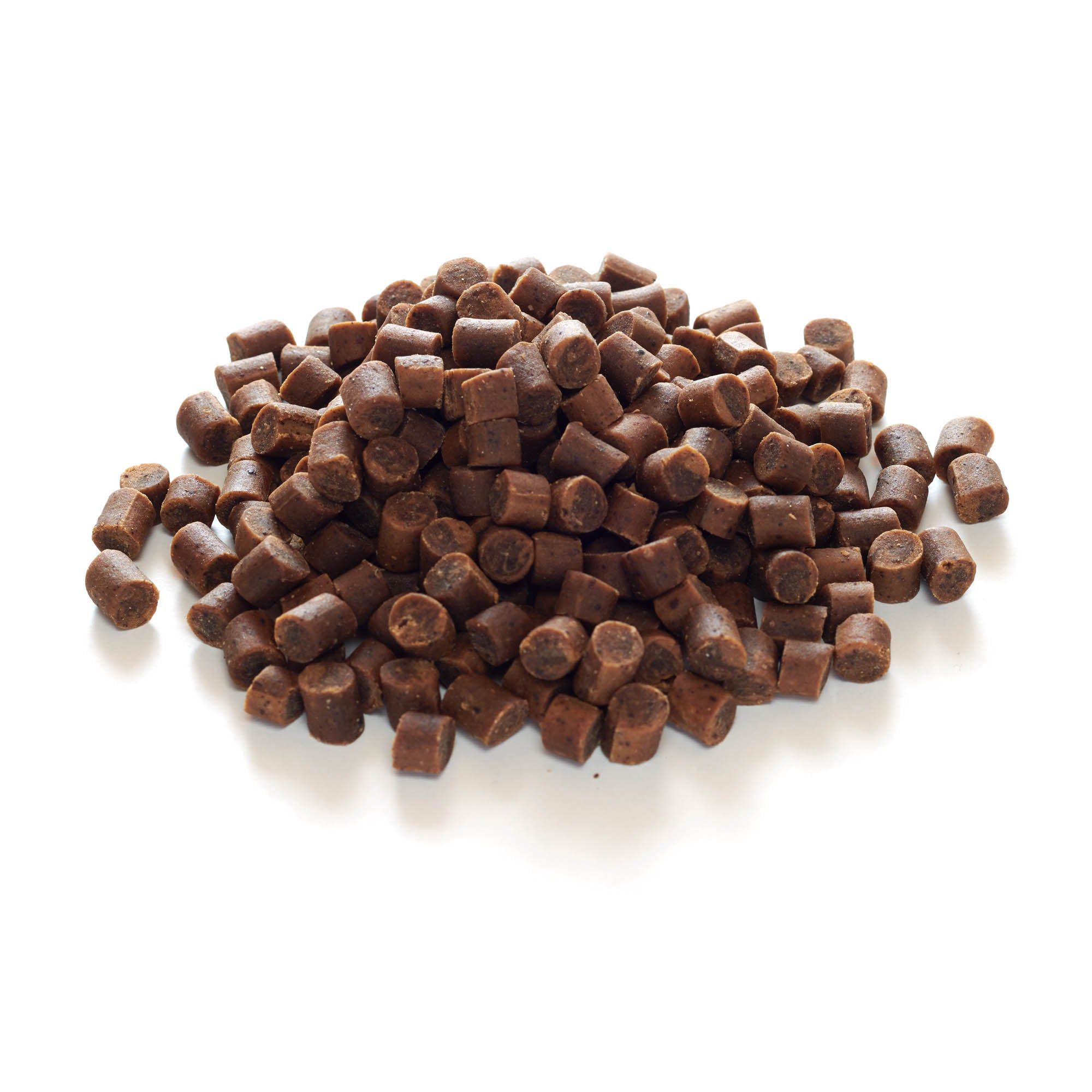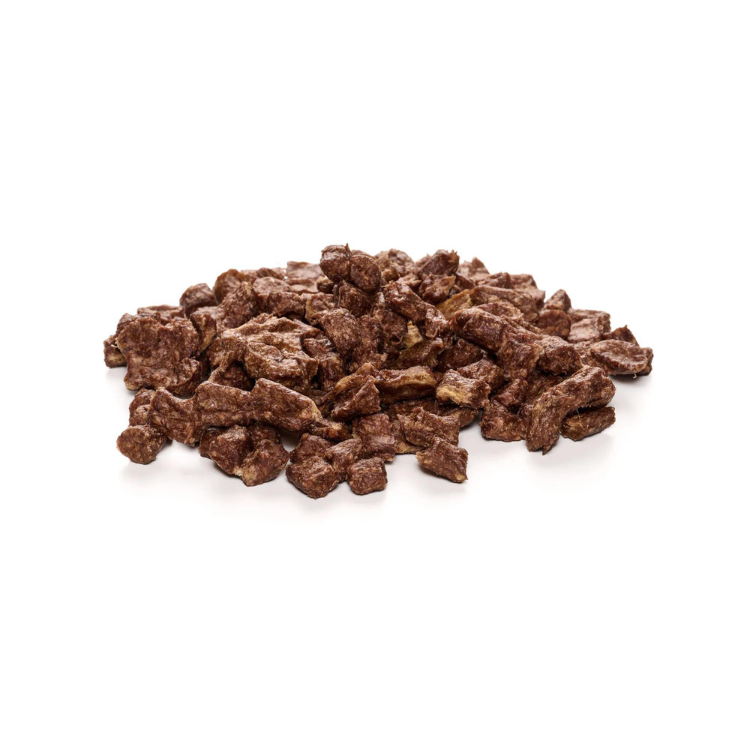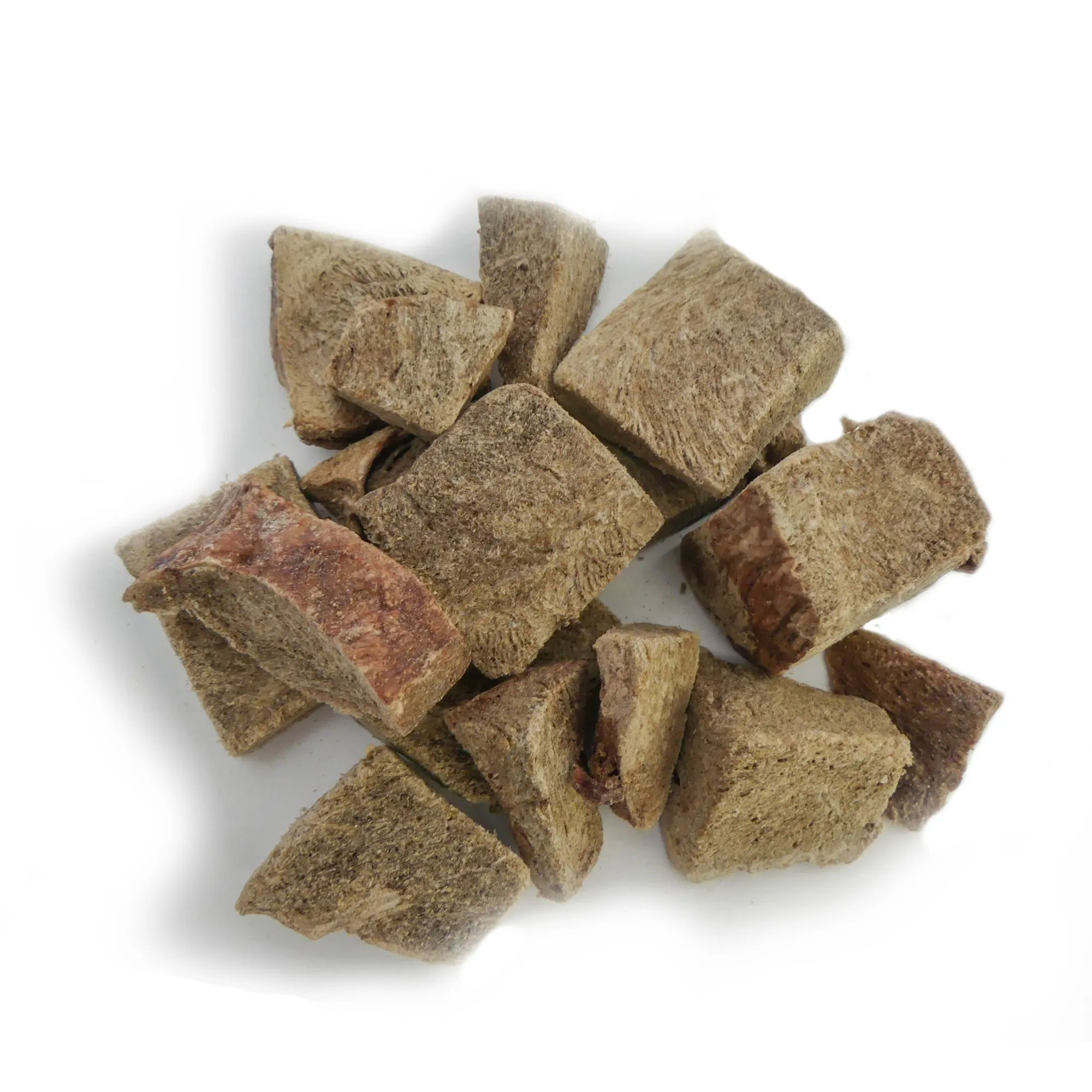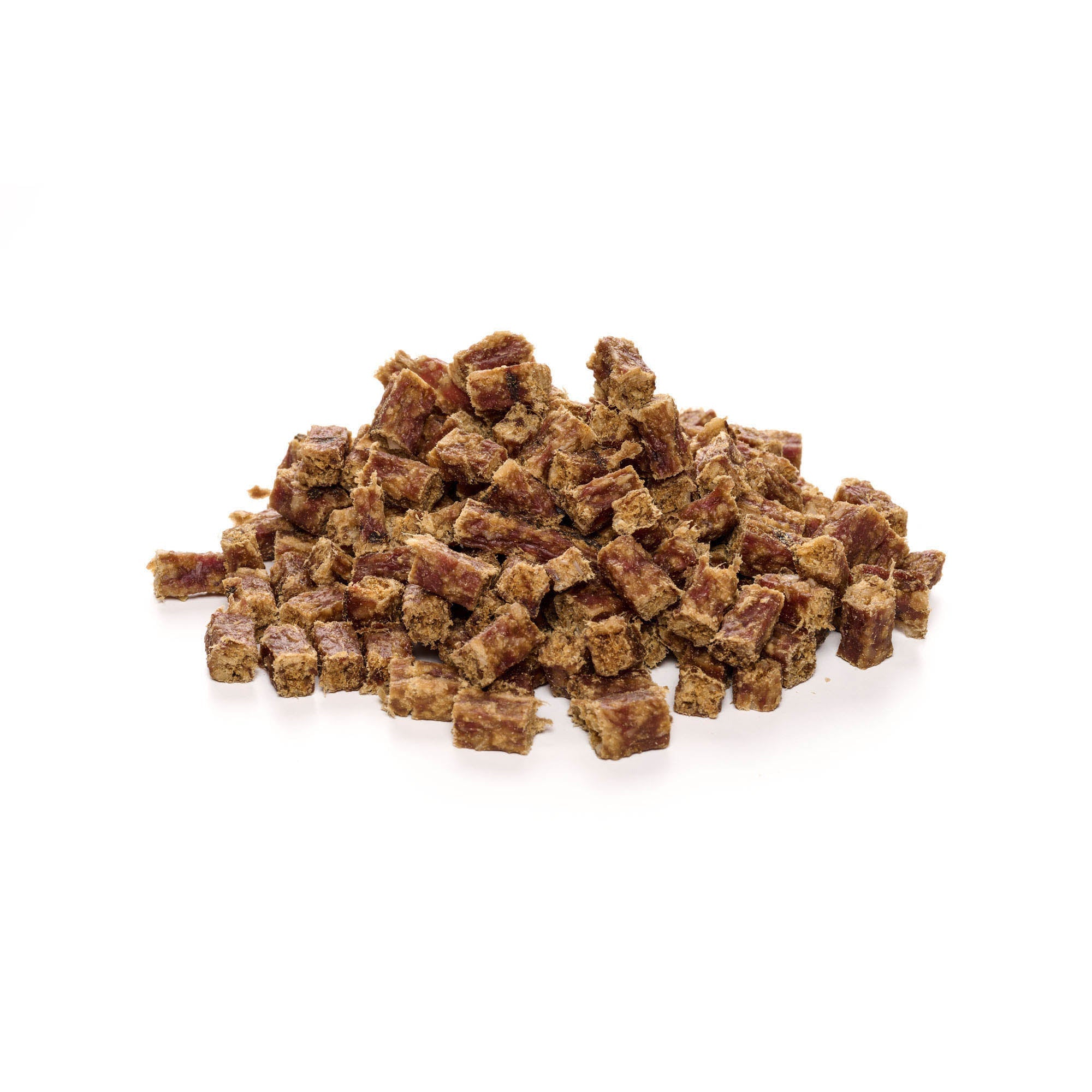
Mudi
Share
The Mudi, which comes from Hungary, is relatively unknown, but is considered in its home country to be a "Hungarian shepherd dog" with a lot of temperament and great intelligence, which fits perfectly into any family. The FCI lists it in Group 1 Herding and Cattle Dogs, Section 1 Shepherd Dogs (without working test).
Content: Mudi
- profile
- Special features
- Nutrition
- Health and care
- Origin & History
- The right accessories
- Conclusion
Spoil your four-legged friend with our delicate chew items!
Mudi - Profile
- Character: Smart and Lively
- Size: Medium
- Height: Approx. 38-47 cm
- Weight: Approx. 11-15 kg
- Life expectancy: 13-15 years
- Coat type: Short – Medium
- Colors: Fawn, black, blue merle, black-speckled, ash, brown. Striped, brindle or spotted.
- Special features: Very intelligent, willing to learn dog
- FCI Group: Herding and Cattle Dogs
Mudi - Special Features
The most striking feature of the Mudi is certainly its special coat. While the head and front legs are usually covered with short fur, the rest of the body is covered with slightly longer, thick and curly fur.
The color variations are also unusual. Everything from fawn, black, ash, white and brown is represented, with black being the dominant color. The coat is called blue merle if it has a blue-gray color and is striped or speckled with black. According to the FCI, small white spots are undesirable but tolerated.
With its compact body and wedge-shaped head, erect ears and alert eyes, the Mudi not only appears to be very intelligent and alert, it is. The Mudi is usually born with a hanging tail that is slightly bent upwards. Occasionally the tail is deformed, but even a Mudi without a tail or with a stumpy tail is recognized by the FCI as a purebred dog.
In its Hungarian homeland, the Mudi is still used today as a versatile herding dog. It doesn't matter whether it's pigs, geese or sheep.
But even though he is a clever and docile dog that can herd entire herds of cattle, the Mudi also has a sensitive side. Aggression can make him very insecure and he keeps a safe distance from strangers. He is very vocal about protecting his own family, both two-legged and four-legged.
Anyone who gets a Mudi should keep it busy and challenged. In addition to long walks, dog sports such as agility, dog dancing and obedience are also recommended.
Mudi - What should you pay attention to in terms of nutrition?
When it comes to food, the Mudi is absolutely uncomplicated. You should feed it twice a day, adjusting the amount of food to the dog's age, activity level and weight. For puppies and young dogs, you should choose high-quality food to prevent any nutritional deficiencies.
Every dog is very individual in how it uses its food. Therefore, pay attention to its body weight and adjust the amount of food accordingly. In general, a high meat content is suitable and, as always, the quality of the dry or wet food also plays a role. A good alternative is BARF with mineral supplements. When feeding large amounts, there should also be plenty of fresh drinking water.
Once the dog reaches senior age, it can be switched to special food mixtures. However, the change in food should be made slowly so that the dog gets used to it.
High-quality dog chews for your faithful companion can be found here!
Mudi - Health and Care
Basically, caring for the Mudi is not a big deal. Its fur is dirt-repellent and does not mat. With a brush and comb you can get rid of occasional dirt and combat the flood of hair when it is shedding .
The Mudi is generally not considered to be susceptible to disease. There are no known breed-specific diseases. Nevertheless, there are things to look out for. Regularly checking the ears can't hurt. However, you shouldn't use cotton swabs to clean them. If you want to brush your dog's teeth with a toothbrush , you should start doing this when the dog is a puppy, as older animals usually won't allow it without appropriate training. If the claws don't wear down on their own, they can be easily trimmed with nail clippers. This can be a problem, especially with older dogs.
Mudi - Origin & History
It is not clear how this breed came about. It probably originated in Hungary in the 18th and 19th centuries and is descended from various Hungarian and German herding and sheepdogs. The first historical mention can be found in a description with a picture from 1815. Dog breeds such as the German Shepherd, Sheep Poodle and Pomeranian Spitz probably came to the area with the Danube Swabians who settled in Hungary in the 18th century and mixed with the herding dogs of Hungary. It is also a widely held opinion that the Mudi is closely related to the Pumi and Puli. In 1936, the Mudi stud book was started and its breed standards established. The stud book is still open today and dogs of the same breed type are entered into the breeding register even without papers.
Mudi - The right accessories
In addition to the obligatory collar or harness and leash, toys are definitely something that the Mudi can do something with. Brain games suit his nature just as well as a ball or Frisbee. Dog courses with tunnels and hurdles are also popular.
Conclusion
The Mudi, a versatile and intelligent dog from Hungary, combines herding instinct with suitability for families. Its unique appearance and active nature make it a valuable companion for dog sports and everyday life. With the right diet, care and activity, the Mudi feels at home in every family.
Delicious chews for your faithful companion now available!

